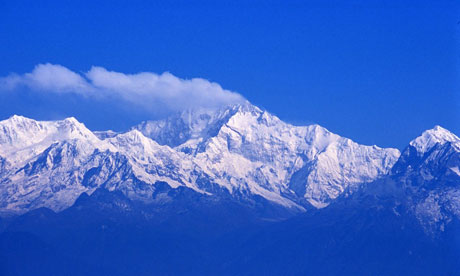Gobi Desert
One of the major landforms of China is the Gobi desert. It is expanding and they are losing valuable grassland, due to violent dust storms which kill off agriculture. Another major factor of the desert is the Himalayas, which blocks off rain from entering the area.
Mount Everest
Mount Everest is the tallest mountain in the world. It is located on the southwest border of China with Nepal. Mount Everest was the result of the Indian Subcontinent moving toward Eurasia about 60 million years ago.
North China Plain
The north China plain was formed by alluvial deposits from the Huang He, Huai He, and Hai He rivers. It is also the floodplains of the Huang He, and Huai He rivers.
One of the major landforms of China is the Gobi desert. It is expanding and they are losing valuable grassland, due to violent dust storms which kill off agriculture. Another major factor of the desert is the Himalayas, which blocks off rain from entering the area.
 |
| Mount Everest http://www.ganeshbhandari.com/wp-content/uploads/2011/07/Mount-Everest-1.jpg |
Mount Everest is the tallest mountain in the world. It is located on the southwest border of China with Nepal. Mount Everest was the result of the Indian Subcontinent moving toward Eurasia about 60 million years ago.
North China Plain
The north China plain was formed by alluvial deposits from the Huang He, Huai He, and Hai He rivers. It is also the floodplains of the Huang He, and Huai He rivers.










